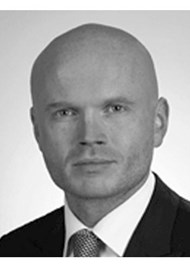Lower facial aesthetics can be improved with either bony advancement osteotomy or alloplastic implant augmentation. The choice of these options frequently depends on the experience of the surgeon. In their retrospective study on 126 patients, Chan and Ducic, describe and discuss their technique for advancement genioplasty. Their method is based on a transoral approach with identification of the mental foramen and its neurovascular bundle. Osteotomy is performed inferior and in between the boundaries of the foramina (for further reading please refer to the article). Indication for the surgery included microgenia, base-of-tongue obstruction during Müller-manoeuvre, and intolerance to continuous positive airway pressure for treatment of obstructive sleep apnoea syndrome (OSAS). Ninety-two percent of the OSA patients improved postoperatively. Aesthetic improvement resulted in a mean score of 1.4 (where 1 indicates extremely satisfied, 2 very satisfied and 6 extremely dissatisfied). Complications included plate extrusion in two patients, infection in two patients, mental nerve injury in three patients and tooth root injury in one patient. The authors present a simplified technique in that the boundaries of osteotomy are easily visualised, reducing the extent of uncertainty where to cut the bone. Their technique permits advancement genioplasty to be accomplished in a safe, reliable, and effective manner. The authors present a surgical procedure that is more versatile, with less long-term risk than alloplastic augmentation.




